1. The world is in 2025 but which country is now in 2082?
- Slovakia0%
- Hungary0%
- Nepal0%
- Ethiopia0%
The Nepalese use the Bikram Sambat (BS) calendar. This is a Hindu calendar system that calculates months based on the cycles of the moon and is adjusted to match the solar year, and was initiated by King Bikramaditya. It is the official calendar in Nepal and some parts of India.
The Bikram Sambat calendar is about 56-57 years ahead of the Gregorian calendar. So, when the world is in 2025, Nepalese people are already living in 2082.
Many documents record that Nepalese people still use the Gregorian calendar, but in daily life, the Bikram Sambat calendar is the familiar tool, recorded in parallel on calendars and administrative documents for people to easily follow.
2. According to this calendar, what month does New Year usually fall in?
- January0%
- February0%
- March0%
- April0%
The Bikram Sambat calendar consists of 12 months, the new year begins around mid-April, called the month of Baishakh. The new year festival according to Nepal's own calendar is called Bisket Jatra. This festival takes place for 9 days in Bhaktapur, Dahabasi, Tokha and many other places in Nepal with vibrant rituals and activities.
3. This country's national flag is quadrilateral, true or false?
- Correct0%
- Wrong0%
Nepal is the only country whose national flag is not a quadrilateral. The Nepalese flag is made up of two overlapping triangles, the upper one representing the Moon and the lower one representing the Sun.
The Nepal flag has three main colors, in which red represents bravery, blue symbolizes peace and cooperation, white represents purity.
4. What mountain is this country famous for?
- K20%
- Cook0%
- Everest0%
- Fuji0%
Mount Everest is one of the highest mountains in the world, with an altitude of nearly 9,000m above sea level. Everest is located on the Nepal-China border in the Himalayas.
Besides Mount Everest, Lhotse is also the world's top highest mountain with a height of about 8,500m. This mountain is also located on the Nepal-China border in the Himalayas, very close to Mount Everest.
Therefore, the two triangles on the Nepalese flag are also said to symbolize these two mountain peaks.
5. Historically, Nepal did not become a British colony largely because of its complex mountainous terrain, true or false?
- Correct0%
- Wrong0%
At its height, the British Empire ruled over one-fifth of the world's population, but there were still some countries that were difficult to subdue, including Nepal.
According to SCMP , after the Anglo-Nepal War (1814-1816), the East India Company, representing the British Empire, controlled about 30% of Nepal's territory, but the country was never fully controlled. It was the complex mountainous terrain with almost impenetrable high mountains that hindered the British, helping Nepal maintain its territorial sovereignty .
Source: https://vietnamnet.vn/the-gioi-dang-o-nam-2025-nhung-dat-nuoc-nao-hien-da-la-nam-2082-2457310.html


![[Photo] National Assembly Chairman Tran Thanh Man received a delegation of the Social Democratic Party of Germany](https://vphoto.vietnam.vn/thumb/1200x675/vietnam/resource/IMAGE/2025/10/28/1761652150406_ndo_br_cover-3345-jpg.webp)
![[Photo] Flooding on the right side of the gate, entrance to Hue Citadel](https://vphoto.vietnam.vn/thumb/1200x675/vietnam/resource/IMAGE/2025/10/28/1761660788143_ndo_br_gen-h-z7165069467254-74c71c36d0cb396744b678cec80552f0-2-jpg.webp)


![[Photo] Prime Minister Pham Minh Chinh chaired a meeting to discuss solutions to overcome the consequences of floods in the central provinces.](https://vphoto.vietnam.vn/thumb/1200x675/vietnam/resource/IMAGE/2025/10/29/1761716305524_dsc-7735-jpg.webp)
![[Photo] Hue: Inside the kitchen that donates thousands of meals a day to people in flooded areas](https://vphoto.vietnam.vn/thumb/1200x675/vietnam/resource/IMAGE/2025/10/29/1761738508516_bepcomhue-jpg.webp)
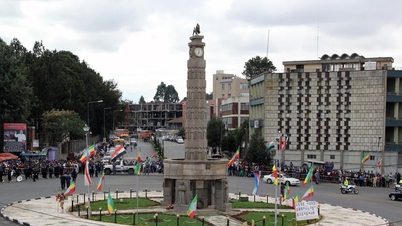
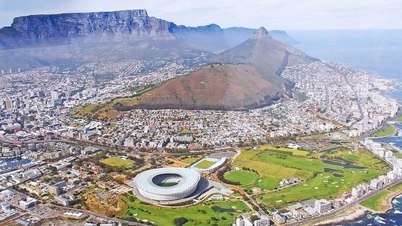


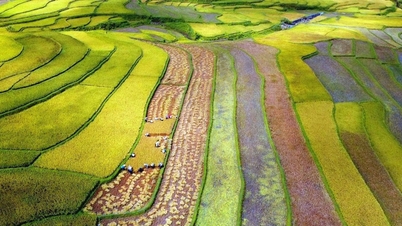
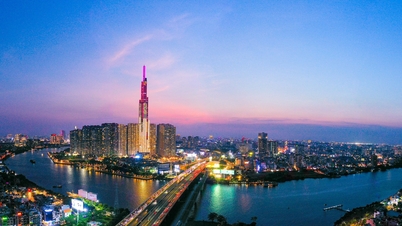




















































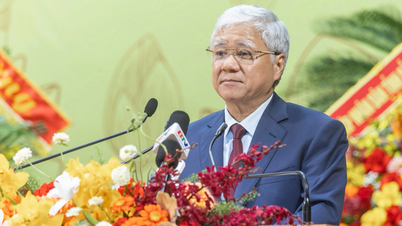
![[Infographic] Vietnam's socio-economic situation in 5 years 2021-2025: Impressive numbers](https://vphoto.vietnam.vn/thumb/402x226/vietnam/resource/IMAGE/2025/10/29/1761730747150_anh-man-hinh-2025-10-29-luc-16-38-55.png)


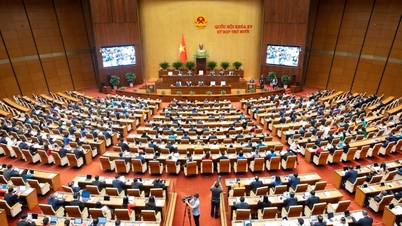






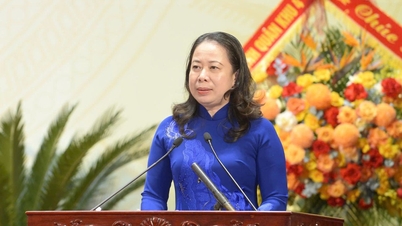





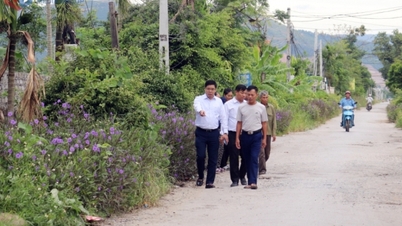

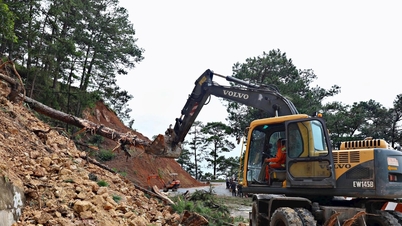

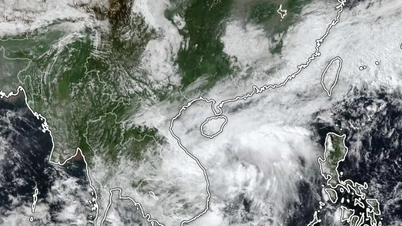



















Comment (0)